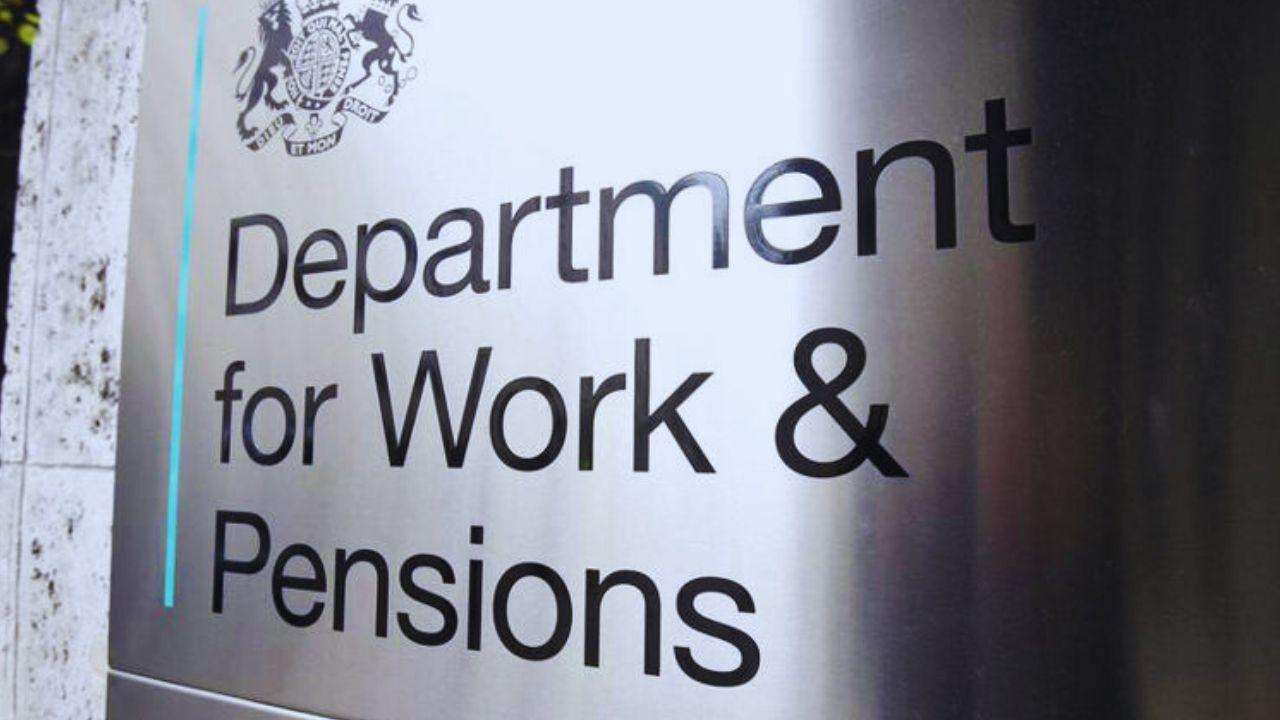The Department for Work and Pensions (DWP) has revealed that most Personal Independence Payment (PIP) recipients are now receiving payments of up to £749 per month, even as potential cuts to Universal Credit and other disability-related benefits loom.
Recent data from the DWP highlights that more than 58% of individuals claiming PIP due to visual impairments are being granted awards of up to £737.20 per month (increasing to £749 this month), with many receiving payments for over five years under the ‘light touch’ review system, which allows for indefinite awards.
Additionally, over half of those with general musculoskeletal conditions (50.8%) and nearly half (49.5%) of individuals with neurological conditions are receiving long-term awards. This means people living with conditions such as epilepsy, multiple sclerosis, muscular dystrophy, arthritis, chronic muscle or joint pain, and visual diseases are among those most likely to benefit from these extended awards.
This update coincides with findings showing that of the 31,650 PIP applications challenged between January and September last year in England and Wales, only 90 were fully upheld in appeals. Disability advocate and Cool Crutches and Walking Sticks co-founder, Amelia Peckham, remains optimistic that recent changes could improve the PIP application process.
Of the disputed applications, 6,070 led to an amended outcome, 23,250 remained unchanged, and 90 claimants withdrew their reconsideration requests. Meanwhile, 10,090 cases were taken to appeal, resulting in just 90 decisions upheld, 3,930 decisions overturned or altered in the claimant’s favour, and 50 either withdrawn or dismissed.
Previous reports have emphasized that the DWP spent around £60 million contesting review and appeal cases—funds that could have covered PIP payments for over 5,200 people for an entire year.
Starting this November, a new requirement will come into effect: PIP applicants must score at least four points in a single category to qualify for the daily living component. PIP remains structured around two elements—daily living and mobility—awarded at standard or enhanced rates based on the claimant’s level of need.

_8.jpg)

_7.jpg)




.svg)


